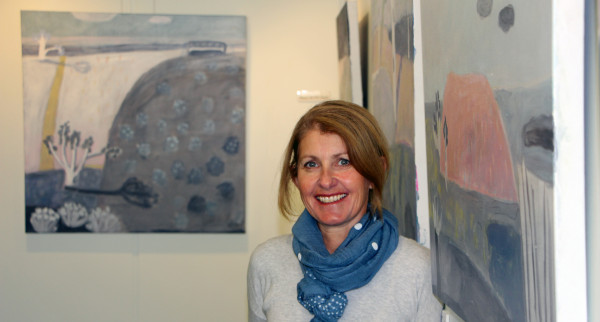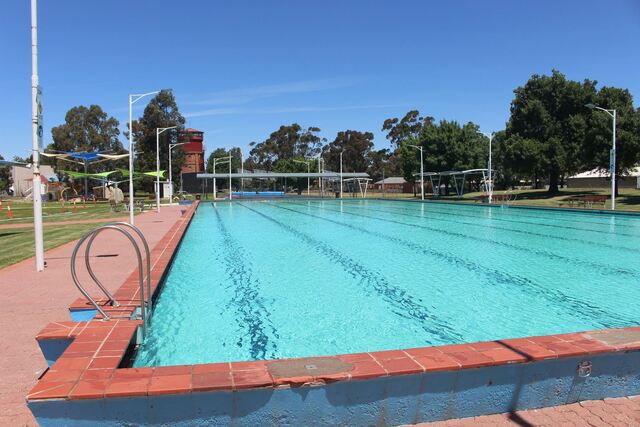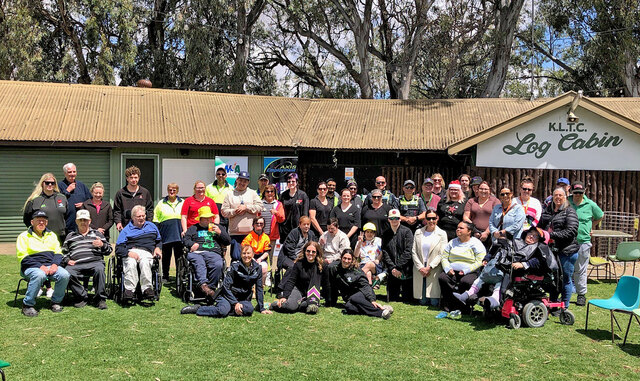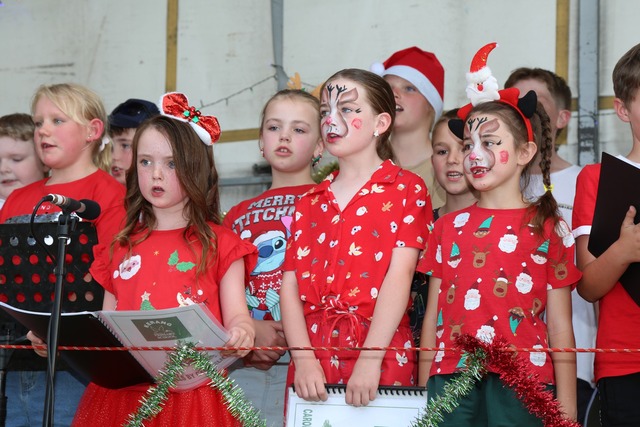
WENDY McDonald’s creative life would struggle to exist away from her farming property.
The Caldwell farmer tells the story of the ephemeral floodplain and the joys of belonging to a small community through her impressionistic paintings.
“I like them to show the creativity of the hand of the maker, not from realistic photographs,” she said.
“I can laugh at it now, but over the years I had to endure comments that my work resembled work that a 10-year-old or that my son could produce.
“I know that what I’m doing is technical and meaningful. Being likened to child-like work is actually a complement, because children are actually astute learners,” the qualified primary teacher said.
A small collection of her raw landscape acrylic pieces, titled This Place, are currently on display at the Cohuna Art Gallery until June 18, after a successful solo exhibition at the Swan Hill Regional Art Gallery.
A rice and sheep farmer, Mrs McDonald admits she couldn’t be an artist without being a farmer and vice-versa – that one could not be without the other. Her property is located north-east of Barham.
“My work draws from the ecology of the local environment, the ebb and flow of the creek and rivers and dramatic changes of the seasons,” she said.
“I have been interested in art since I was a child, but only taken it seriously in the past decade.
“If you are a creative person, it is just something in you. But I think being on the farm and living in a natural location probably gives me more opportunity to follow that creative inclination.”
Mrs McDonald said the versatility of the acrylic medium enables her to dabble quickly.
“I can paint on transparent layers that dry fairly quickly so you can overlap things,” she said.
The mother-of-two’s work has been shown in galleries across regional New South Wales and Victoria and in Sydney and Melbourne.
Her pieces have featured in the Australian Country Style Magazine and has been a finalist in the Paddington Art Prize, the Calleen Art Prize and the Swan Hill Drawing Acquisitive Prize.
“Recent themes include using still life to tell simple narratives, and a series of landscapes documenting the drought and the transformation that rain brings,” her statement reads.
“A daily life connected with the land through farming has dictated the content of these works. I would hope that my work provides an insight into the links that I have with the land, providing a bridge between rural and city consciousness.”
Mrs McDonald also runs workshops for remote children and weekend art camps for adults.
“Anyone who chooses to stay and live in farming communities these days needs to have a measure of resilience; probably needs to be a creative thinker, decide on the feet and be a problem solver,” she said.
Mrs McDonald said she appreciated the network she has formed with fellow artists, but prefers to work in isolation.
“You can easily become influenced in art-centric environments into doing similar works to others,” she claimed.
“But, it is ideal to have networks for professional support, to talk about the challenges, how to deal with galleries and to market your work.
Mrs McDonald said artists in her shadows need to practice, observe, be motivated and resilient.
“Don’t be afraid to submit work outside of your area and enter art prizes. Be prepared for knock backs and develop thick skin,” she encouraged.
“Be prepared for cynical remarks that it is a time-wasting and expensive hobby – it’s none of those things. It is a meaningful way of existing and being human
“They didn’t build Rome in day and athletes didn’t work for Olympics in a week. You need to put in the extra miles, do research and reading.”







